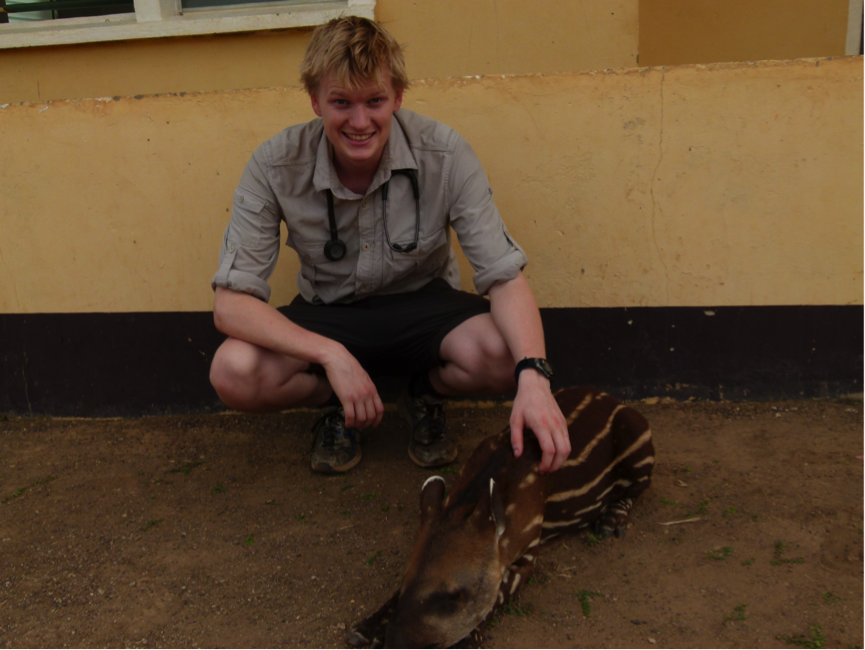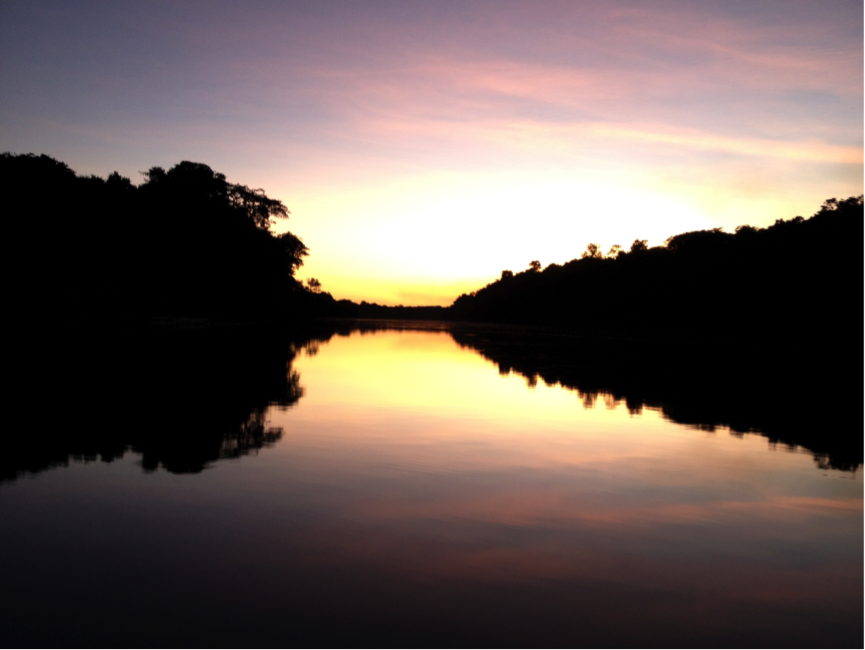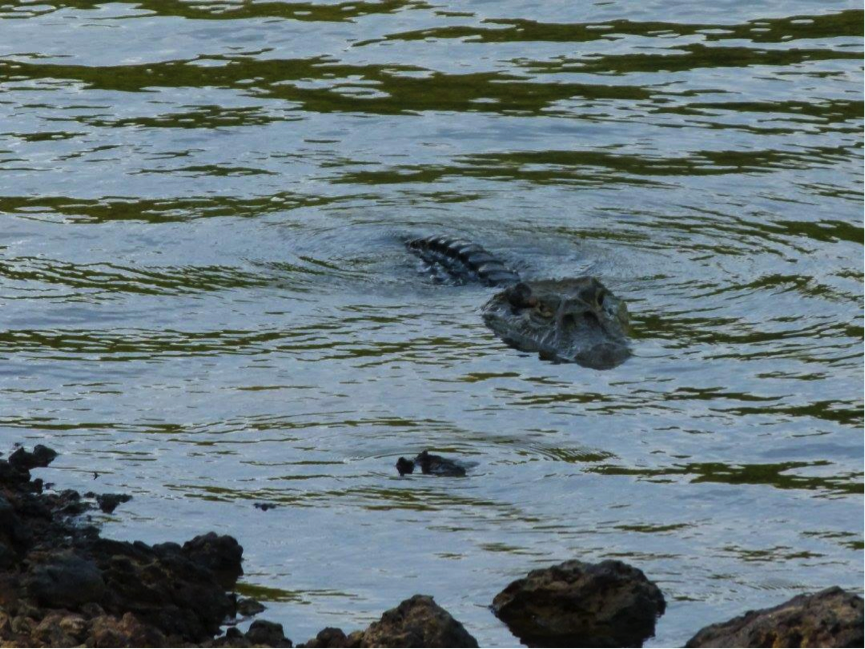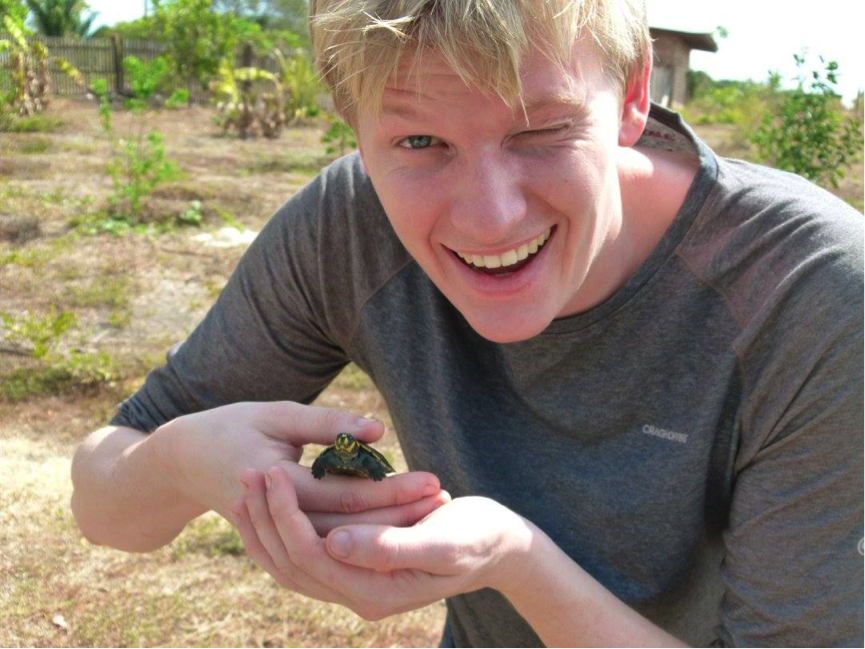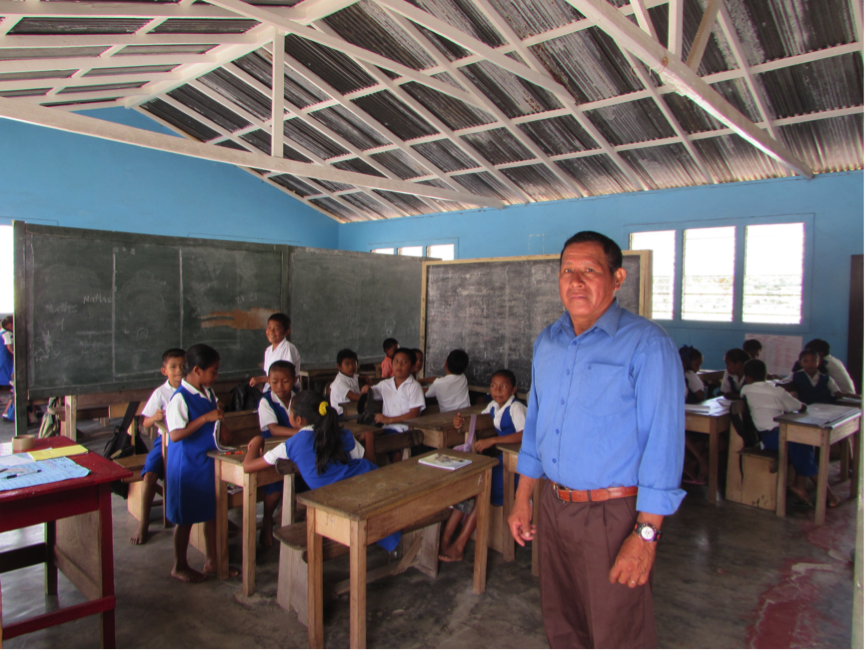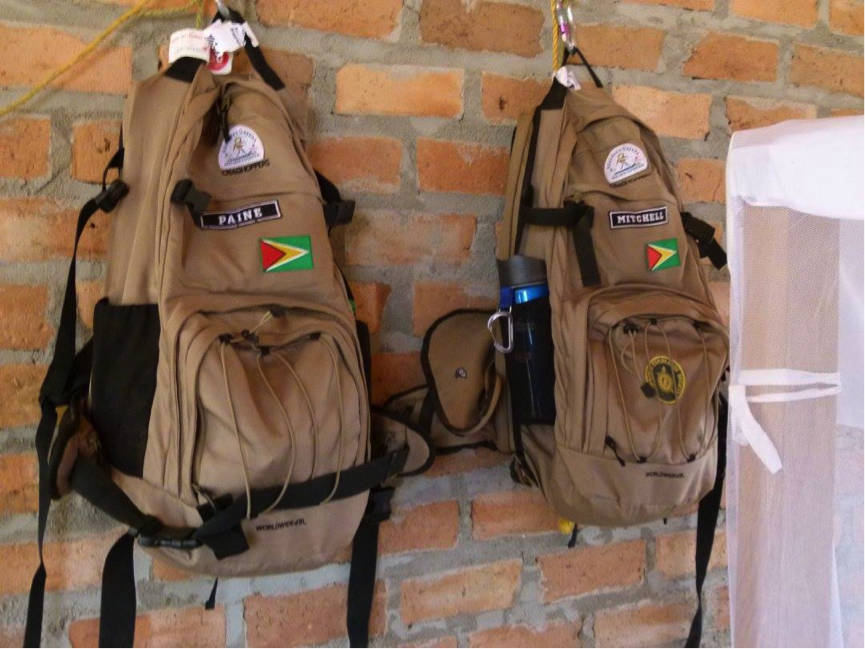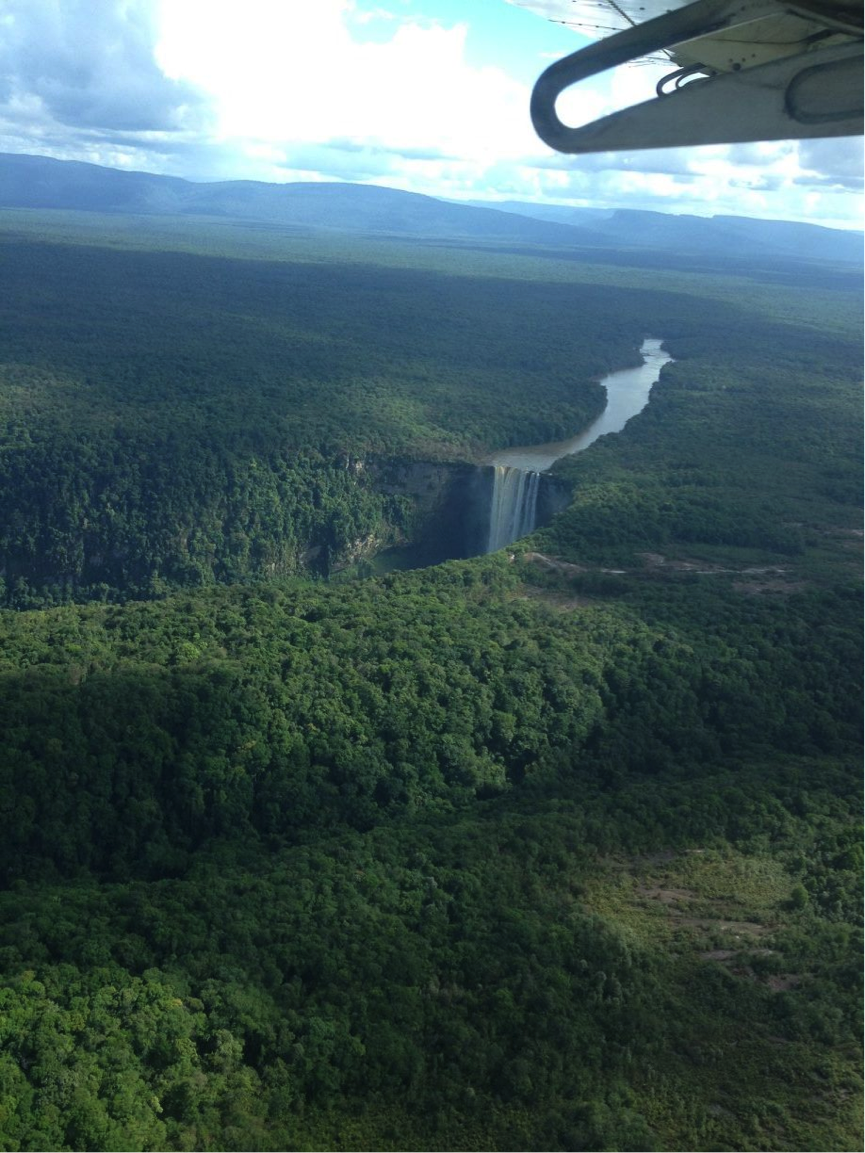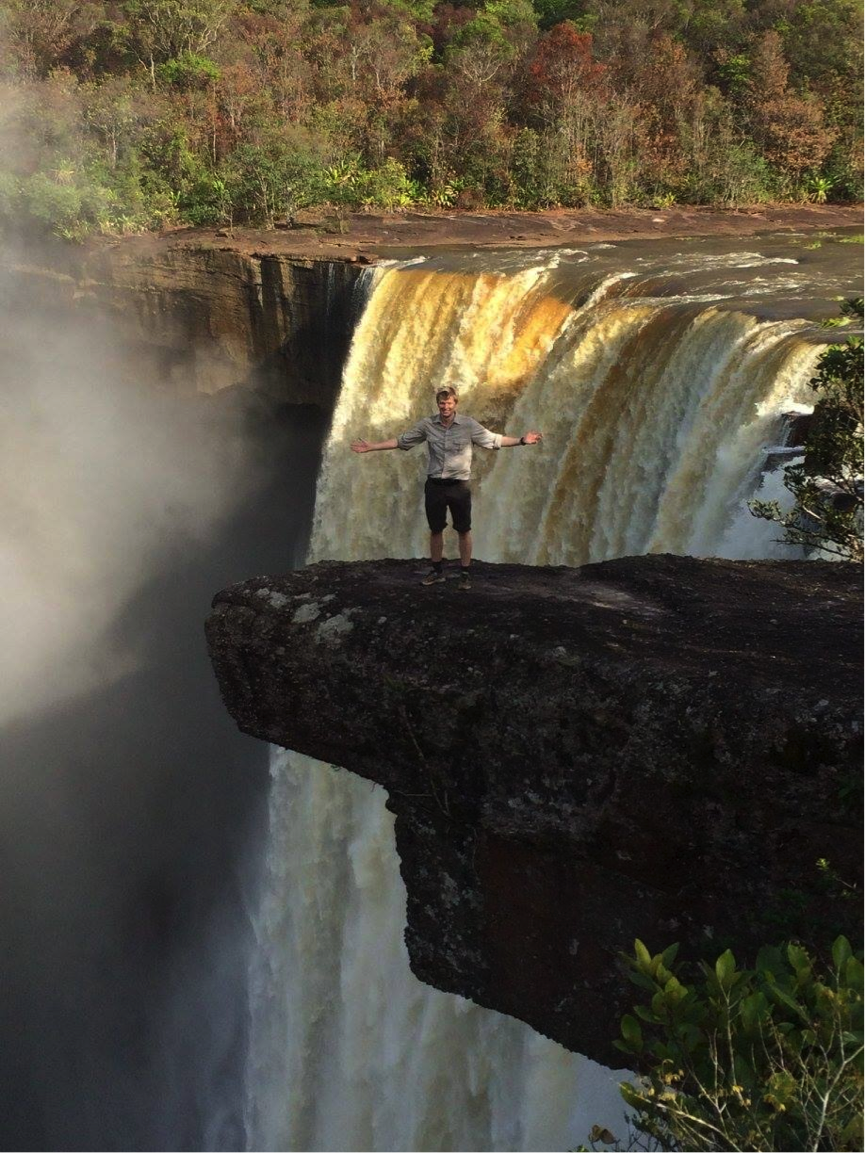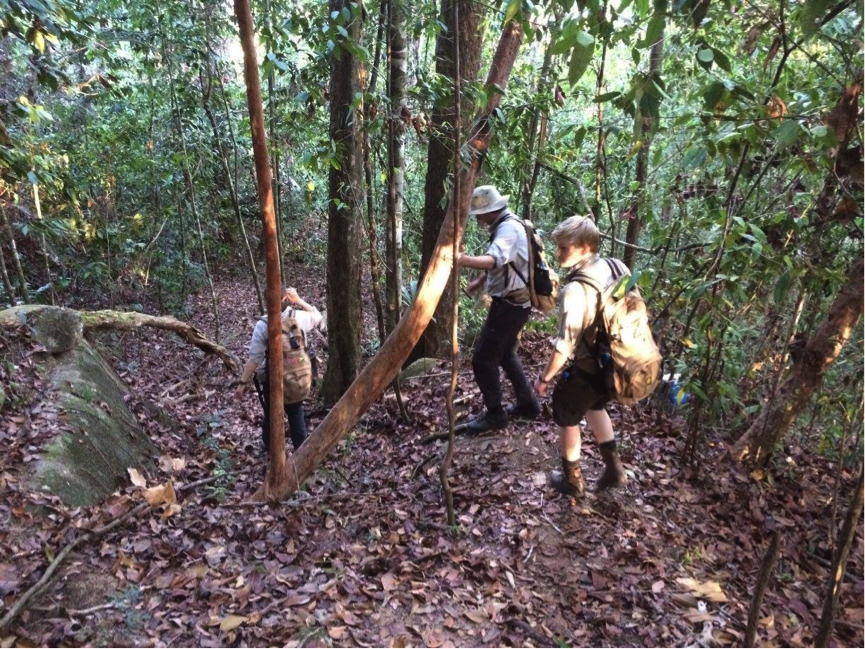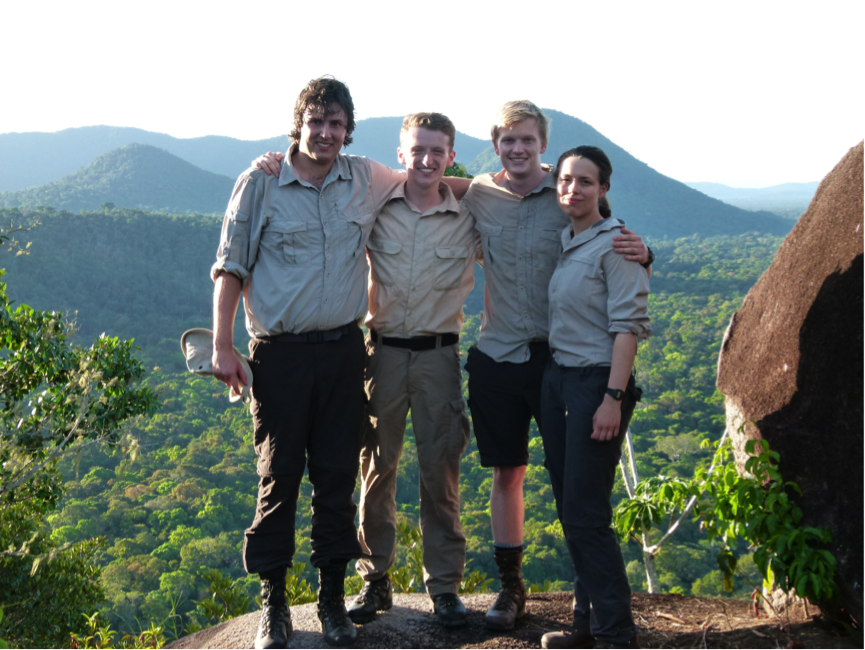After 2 years of set backs, planning and perseverance, we set out on the expedition of a lifetime
When I first made our pitch to the University of Aberdeen, the response was predictably sceptical. The cunning plan was to devise, finance and execute a month long expedition to South America. It was going to be two years in the planning but I made a convincing case that the research would be a critical study into the health impact of western diet and lifestyle on the indigenous Amerindian population of Guyana.
In my first degree in Biomedical Science I learned in detail about the impact of diet on health. Now studying medicine I saw the clinical impact time and time again. I now wanted to extend the academic research into the vulnerability of indigenous people to encroaching Western lifestyle diseases, primarily diabetes and cardiovascular disease. I discovered there was no research involving the Guyanese Amerindians even though more of this vulnerable people are now moving to Westernised coastal cities. As a population they are potentially at huge risk of lifestyle diseases. I wanted to help the Guyanese officials and policy makers assess the need for direct intervention and to do that I needed to produce the necessary scientific data.
I was to lead the team to the Amerindian villages of Yupukari, Katoka and Rewa along the Rupununi and Rewa Rivers. In our expedition notes it simply said “Take Bus To Village One”. What it should have said was; leave Georgetown on rickety old bus at 1am on a 14 hour ride into the interior, prepare for a rough jungle track through dense wildlife filled jungle, anticipate a couple of flat tyres and precarious pontoon river crossings, prepare also for emergency stop when Guyana’s famous giant anteater steps out in front of the vehicle.
Our spines and nerves were truly jangling when we arrived at Yupukari.. Local guides played an indispensable role in showing us safe (dog free) households and interpreting for us. It was here we also met the confusingly names ‘Otter’, who was a baby tapir adopted by some of the villagers.
On day one as we were trying to adapt to village life I became more and more glad that I had my Craghoppers kit. Yupukari is in the Savannah region of Guyana so throughout the day we were blasted by 40 degree heat, then when the sun went down the temperature would plummet to around 15 degrees. Craghoppers had provided the whole team and I with Nosilife Adventure long sleeved shirts and Nosilife convertible trousers- this allowed us to be confortable in any condition.
In each of the villages we were inundated by people who wanted to help us with our study. We looked at blood pressure, hip-waist ratio, BMI and used a questionnaire, which looked at attitudes to healthcare and psychological assessment. We made the most of our time by running healthy eating lessons for school children.
On our final day we were invited by the village leader to climb their sacred mountain. This was an all day trek and on the way we passed gaping caves, previously home to Jaguars, Giant Anacondas and spiders the size of dish plates, bit it was all worth it for the spectacular view at the top. Being able to see over the top of the canopy and seeing green for miles around was an incredible way to end our journey.
Head over to YouTube now to watch the full expedition.
